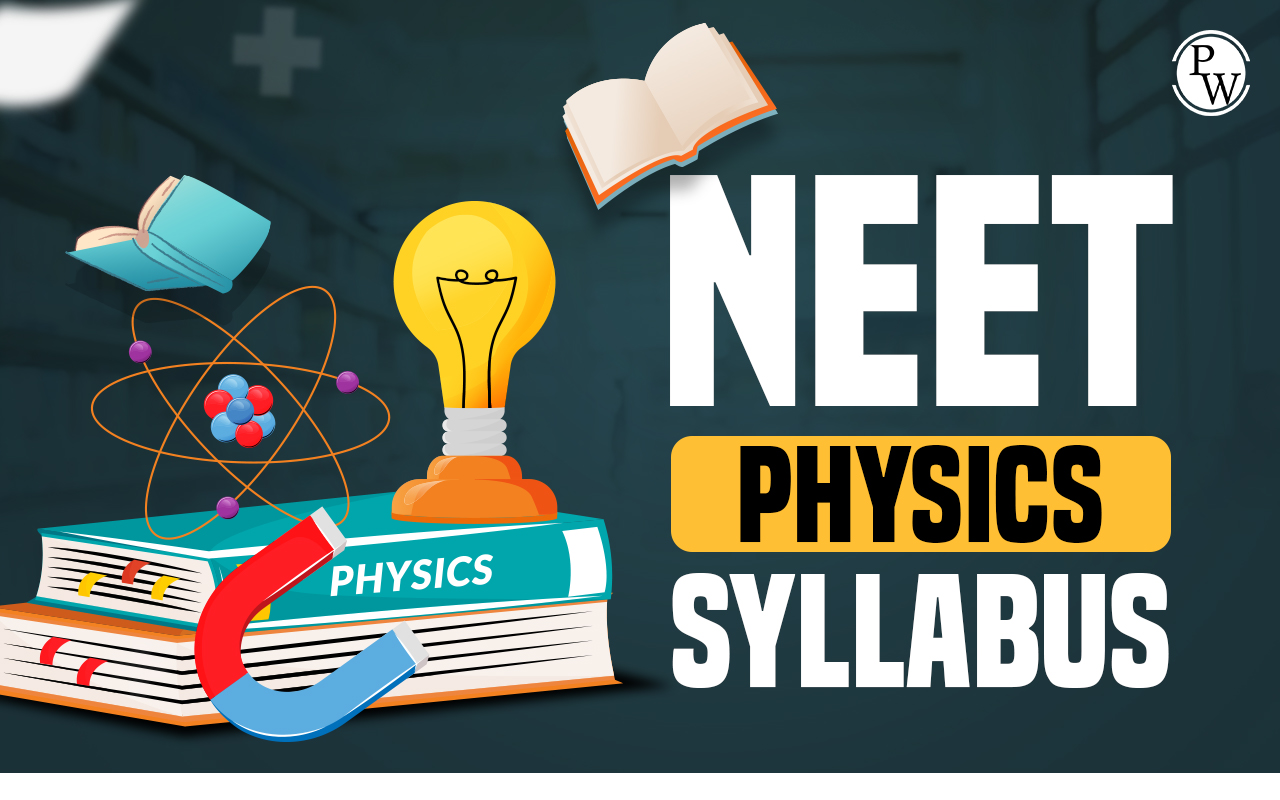
Difference between Zener and Avalanche Breakdown : These breakdown phenomena occur in P-N junctions under specific conditions, and they unveil the semiconductor behavior. NEET students preparing for the exam find it difficult to understand.
This explanation is not just theoretical, it establishes the foundation for understanding semiconductor devices that are essential to the NEET syllabus. So, try to understand the difference between Zener and avalanche breakdown in the pursuit of mastering the physics behind these semiconductor phenomena.| NEET Physics Syllabus | NEET Physics Important Questions with Answers |
| NEET Physics Chapter wise Weightage | NEET Physics MCQs |
| NEET Physics Notes | NEET Physics Formulas |
PN Junction Breakdown
To understand the difference between Zener and Avalanche Breakdown, having an understanding of P-N junction breakdown is also important. It is a phenomenon that occurs in semiconductor devices such as diodes when a high reverse-biased voltage is applied to the P-N junction. This can lead to avalanche breakdown, which involves the rapid multiplication of charge carriers through impact ionization, or Zener breakdown, which is characterized by the controlled generation of electron-hole pairs. The breakdown, which permits reverse-biased current flow, is an essential component of many electronic applications, such as voltage regulation and specific kinds of semiconductor devices.What is Zener's breakdown?
When semiconductor devices, especially Zener diodes, are exposed to a reverse-biased voltage, a significant phenomenon known as "zener breakdown" occurs. When the configuration is reverse-biased, the electric field can break covalent bonds and produce electron-hole pairs by inducing the Zener effect. This controlled breakdown phenomenon is used in Zener diodes to achieve a specific and well-defined breakdown voltage known as the Zener voltage.What is Avalanche breakdown?
When semiconductor devices, especially diodes, are exposed to high reverse-biased voltages, a phenomenon known as avalanche breakdown takes place. Unlike Zener breakdown, which involves the controlled generation of electron-hole pairs, avalanche breakdown is distinguished by the rapid multiplication of charge carriers via impact ionization.Difference between Zener and Avalanche Breakdown
Understanding the difference between Zener and Avalanche Breakdown is crucial for NEET aspirants because some concept-based questions may be asked in the exam from this topic.| Difference between Zener and Avalanche Breakdown | ||
|---|---|---|
| Parameters | Zener Breakdown | Avalanche Breakdown |
| Cause | Caused by high electric field strength. | Caused by collision and impact ionization of charge carriers. |
| Temperature Dependence | Moderately dependent on temperature. | Strongly dependent on temperature. |
| Voltage Rating | Generally lower voltage rating. | Higher voltage rating. |
| Breakdown Mechanism | Occurs due to the quantum tunneling effect. | Results from the generation of electron-hole pairs through collisions. |
| Temperature Coefficient | Negative temperature coefficient. | Positive temperature coefficient. |
| Use | Commonly used in voltage regulation circuits. | Commonly used in high-voltage applications and photodiodes. |
difference between Zener and Avalanche Breakdown FAQs
What is the fundamental difference difference between Zener and Avalanche Breakdown?
Zener breakdown involves controlled electron-hole pair generation in a semiconductor, while avalanche breakdown is characterized by the rapid multiplication of charge carriers through impact ionization
How do Zener and avalanche breakdown differ in terms of voltage regulation?
Zener breakdown is often utilized for precise voltage regulation, providing a stable breakdown voltage. In contrast, avalanche breakdown is less controlled and typically used in applications where a stable voltage reference is not the primary concern.
What causes difference between Zener and Avalanche Breakdown in a P-N junction?
Zener breakdown is caused by the quantum tunneling effect and the controlled generation of electron-hole pairs. Avalanche breakdown occurs due to impact ionization, resulting from high electric fields in the depletion region.
Are difference between Zener and Avalanche Breakdown temperature-dependent?
Zener breakdown has a moderate temperature dependence, while avalanche breakdown is strongly temperature-dependent. Temperature-compensated Zener diodes are often used to mitigate temperature effects.
In which applications are Zener and avalanche breakdown commonly utilized?
Zener breakdown is frequently employed in voltage regulators and precision electronic circuits requiring stable voltage references. Avalanche breakdown is used in devices such as avalanche diode photo detectors and certain types of semiconductor devices where controlled breakdown is not a primary concern
Talk to a counsellorHave doubts? Our support team will be happy to assist you!

Check out these Related Articles
Free Learning Resources
PW Books
Notes (Class 10-12)
PW Study Materials
Notes (Class 6-9)
Ncert Solutions
Govt Exams
Class 6th to 12th Online Courses
Govt Job Exams Courses
UPSC Coaching
Defence Exam Coaching
Gate Exam Coaching
Other Exams
Know about Physics Wallah
Physics Wallah is an Indian edtech platform that provides accessible & comprehensive learning experiences to students from Class 6th to postgraduate level. We also provide extensive NCERT solutions, sample paper, NEET, JEE Mains, BITSAT previous year papers & more such resources to students. Physics Wallah also caters to over 3.5 million registered students and over 78 lakh+ Youtube subscribers with 4.8 rating on its app.
We Stand Out because
We provide students with intensive courses with India’s qualified & experienced faculties & mentors. PW strives to make the learning experience comprehensive and accessible for students of all sections of society. We believe in empowering every single student who couldn't dream of a good career in engineering and medical field earlier.
Our Key Focus Areas
Physics Wallah's main focus is to make the learning experience as economical as possible for all students. With our affordable courses like Lakshya, Udaan and Arjuna and many others, we have been able to provide a platform for lakhs of aspirants. From providing Chemistry, Maths, Physics formula to giving e-books of eminent authors like RD Sharma, RS Aggarwal and Lakhmir Singh, PW focuses on every single student's need for preparation.
What Makes Us Different
Physics Wallah strives to develop a comprehensive pedagogical structure for students, where they get a state-of-the-art learning experience with study material and resources. Apart from catering students preparing for JEE Mains and NEET, PW also provides study material for each state board like Uttar Pradesh, Bihar, and others
Copyright © 2025 Physicswallah Limited All rights reserved.
Get App









